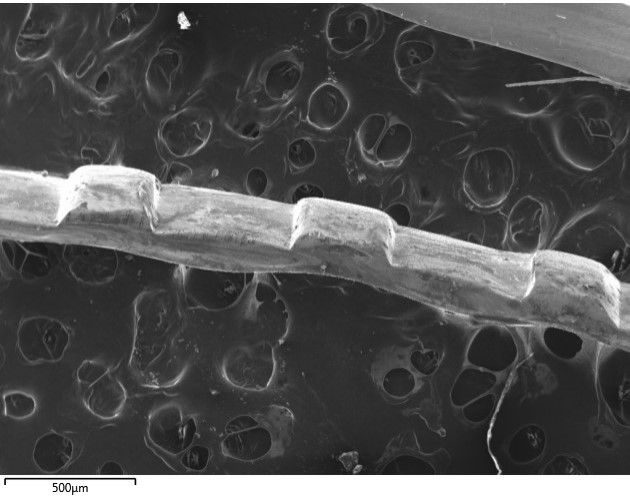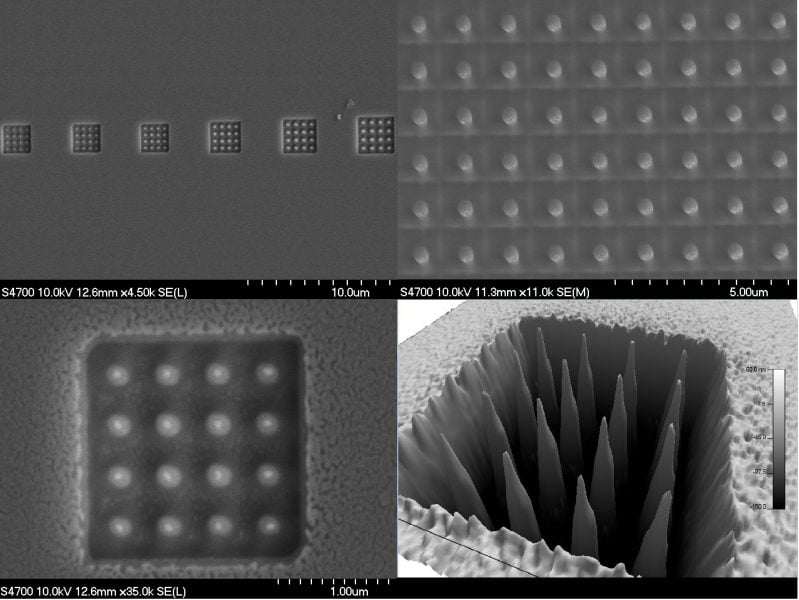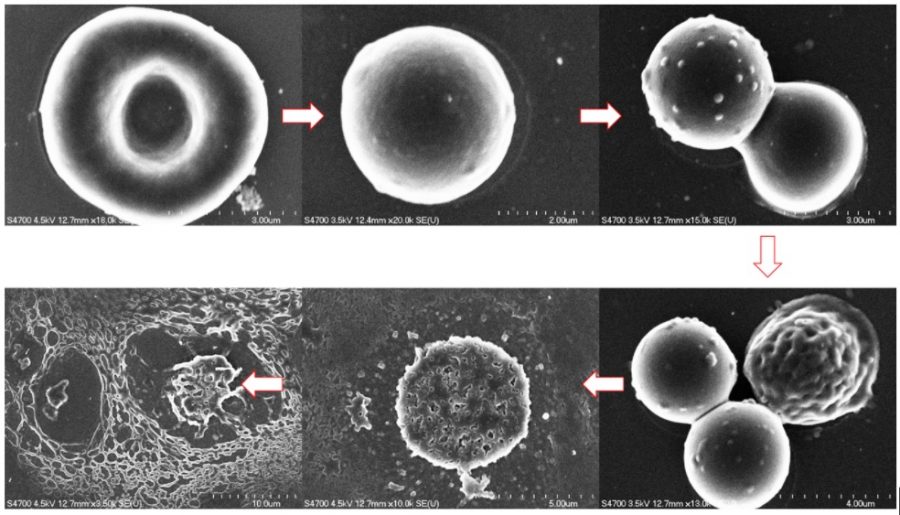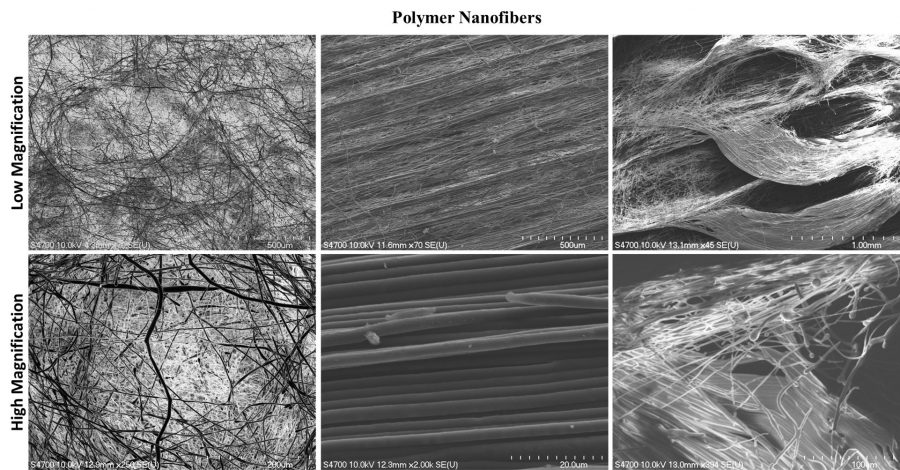I would like to let you know I’ll be on vacation from July 18th to 22nd and will not be available to run TEM sessions or training sessions during that period of time at the FEI 200kV Titan Themis STEM.
Also, a new rooftop chiller will be installed soon at the STEM lab and the instrument will be unavailable. I’ll let you know when that is going to happen.
Regards,
Erico Freitas




